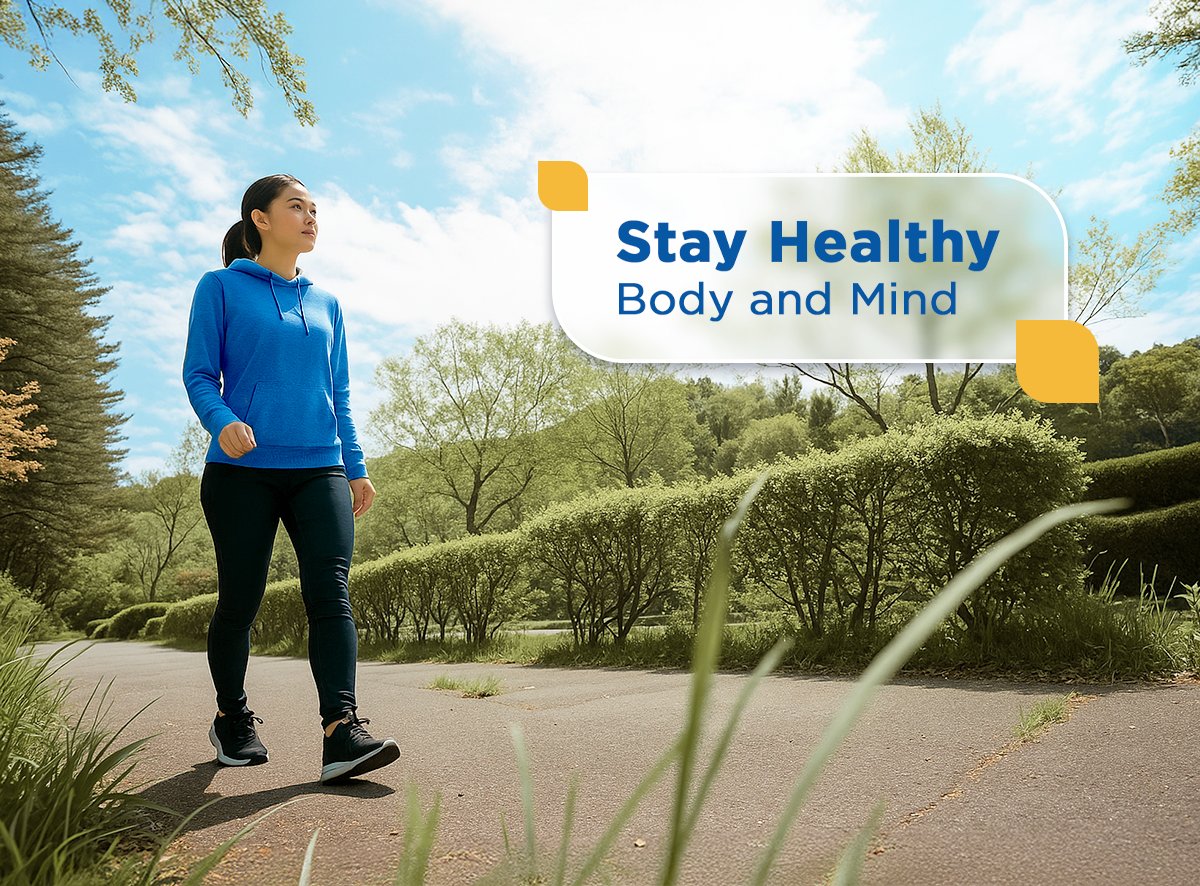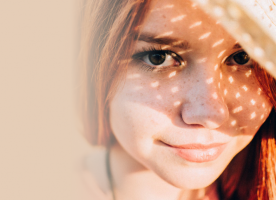World Dry Eye Month: For Your Eye Health Only!
Did you know your eyes love exercise just as much as your body does?
It’s true! Let’s explore simple activity that can help keep your eyes healthy and comfortable in this Dry Eye Awareness Month.
Why Exercise Is Great for Your Eyes
You might think working out is only good for your body, but research shows it also does wonders for your eyes, especially if you have Dry Eye Disease (DED). Why is that? Here’s how exercise helps:
Boosts Tear Production
Just a quick run or brisk walk can increase tear production, giving immediate relief from dryness.
Improves Tear Quality
Regular physical activity helps maintain a stable, healthy tear film that protects your eyes from irritation and discomfort.
Less Sitting Means Happier Eyes
Did you know that sitting too much can dry out your eyes? Studies show that each extra hour of sedentary time increases your risk of dry eyes by 1 - 2%. If you spend a lot of time in front of screens, it’s even more important to move regularly.
An Active Lifestyle Leads to Clearer Vision
Staying active not only boosts your overall well-being. However, it also reduces the risk of dry eyes. In fact, people who exercise regularly are about 10 percent less likely to experience dry eye symptoms.
So, What Can You Do to Keep Your Eyes Healthy?
Here are some easy, eye-friendly habits you can start today:
Move Daily

Try to do at least 30 minutes of moderate exercise such as walking, jogging, cycling, or yoga.
Blink Regularly

Make a habit of blinking more often, especially during exercise or screen time.
Stay Hydrated

Drink enough water throughout the day to support your tear production and eye health.
Wear Sunglasses

When exercising outdoors, wear sunglasses to protect your eyes from UV rays and wind exposure.
These simple steps can make a big difference in keeping your eyes comfortable and healthy.
Your eyes are worth it! This Dry Eye Awareness Month, let’s give our eyes the care they deserve. A little movement each day goes a long way in protecting your vision and keeping your eyes feeling their best.
Get ready, set, move and let your eyes feel the difference.
REFERENCE:
-
- Navarro-Lopez, S., Moya-Ramón, M., Gallar, J., Carracedo, G., & Aracil-Marco, A. (2023). Effects of physical activity/exercise on tear film characteristics and dry eye associated symptoms: A literature review. Contact lens & anterior eye : the journal of the British Contact Lens Association, 46(4), 101854. https://doi.org/10.1016/j.clae.2023.101854
- Kawashima, M., Uchino, M., Yokoi, N., Uchino, Y., Dogru, M., Komuro, A., Sonomura, Y., Kato, H., Nishiwaki, Y., Kinoshita, S., & Tsubota, K. (2014). The Association between Dry Eye Disease and Physical Activity as well as Sedentary Behavior: Results from the Osaka Study. Journal of ophthalmology, 2014, 943786. https://doi.org/10.1155/2014/943786
- Long Nguyen, Morten Schjerven Magno, Tor P. Utheim, Christopher J. Hammond, Jelle Vehof. (2023). The relationship between sedentary behavior and dry eye disease, The Ocular Surface. 28:11-17. https://doi.org/10.1016/j.jtos.2023.01.002.
- Neil P. Walsh, Matthew B. Fortes, Philippa Raymond-Barker, Claire Bishop, Julian Owen, Emma Tye, Marieh Esmaeelpour, Christine Purslow, Salah Elghenzai; Is Whole-Body Hydration an Important Consideration in Dry Eye?. Invest. Ophthalmol. Vis. Sci. 2012;53(10):6622-6627. https://doi.org/10.1167/iovs.12-10175.




